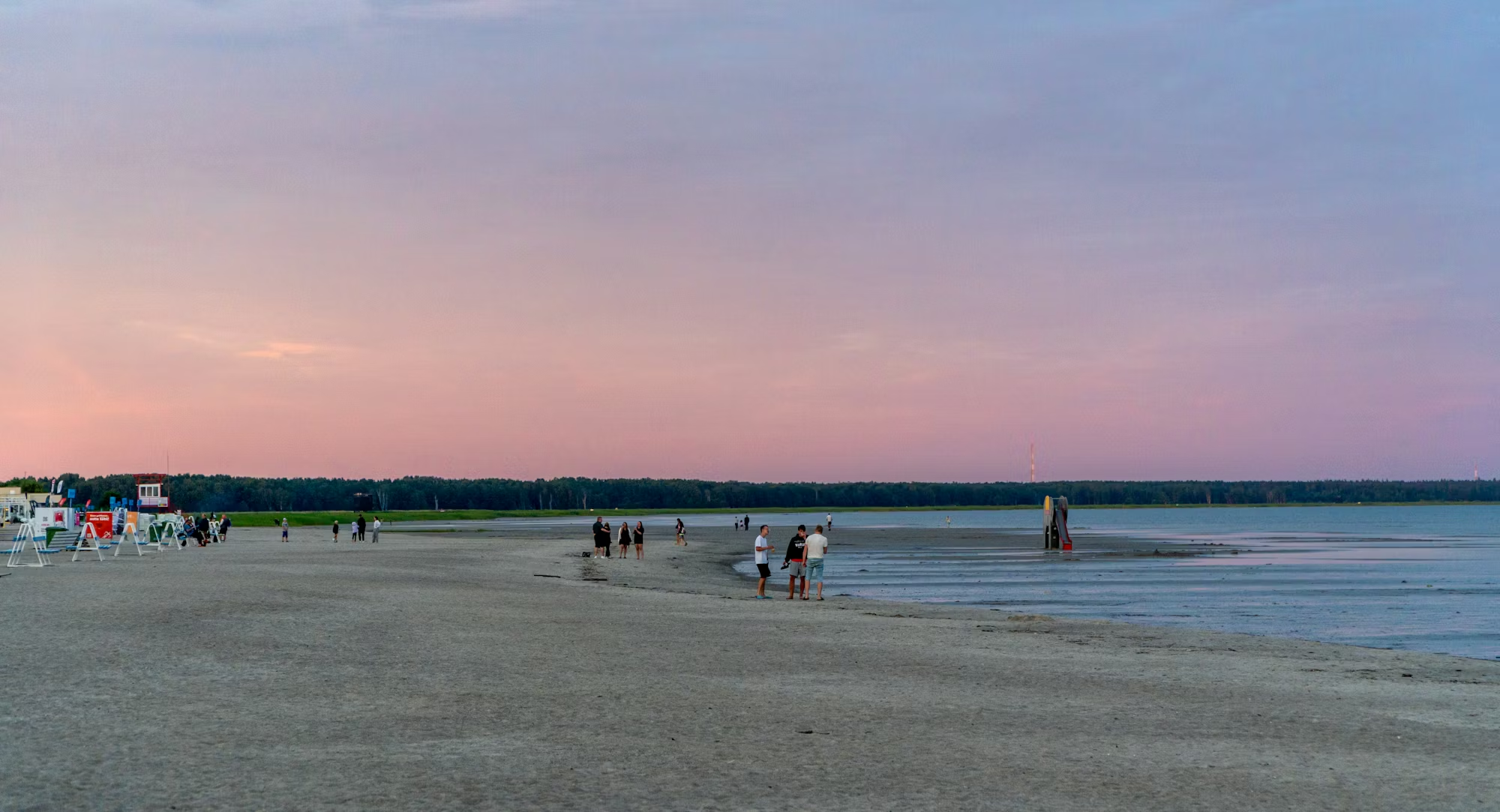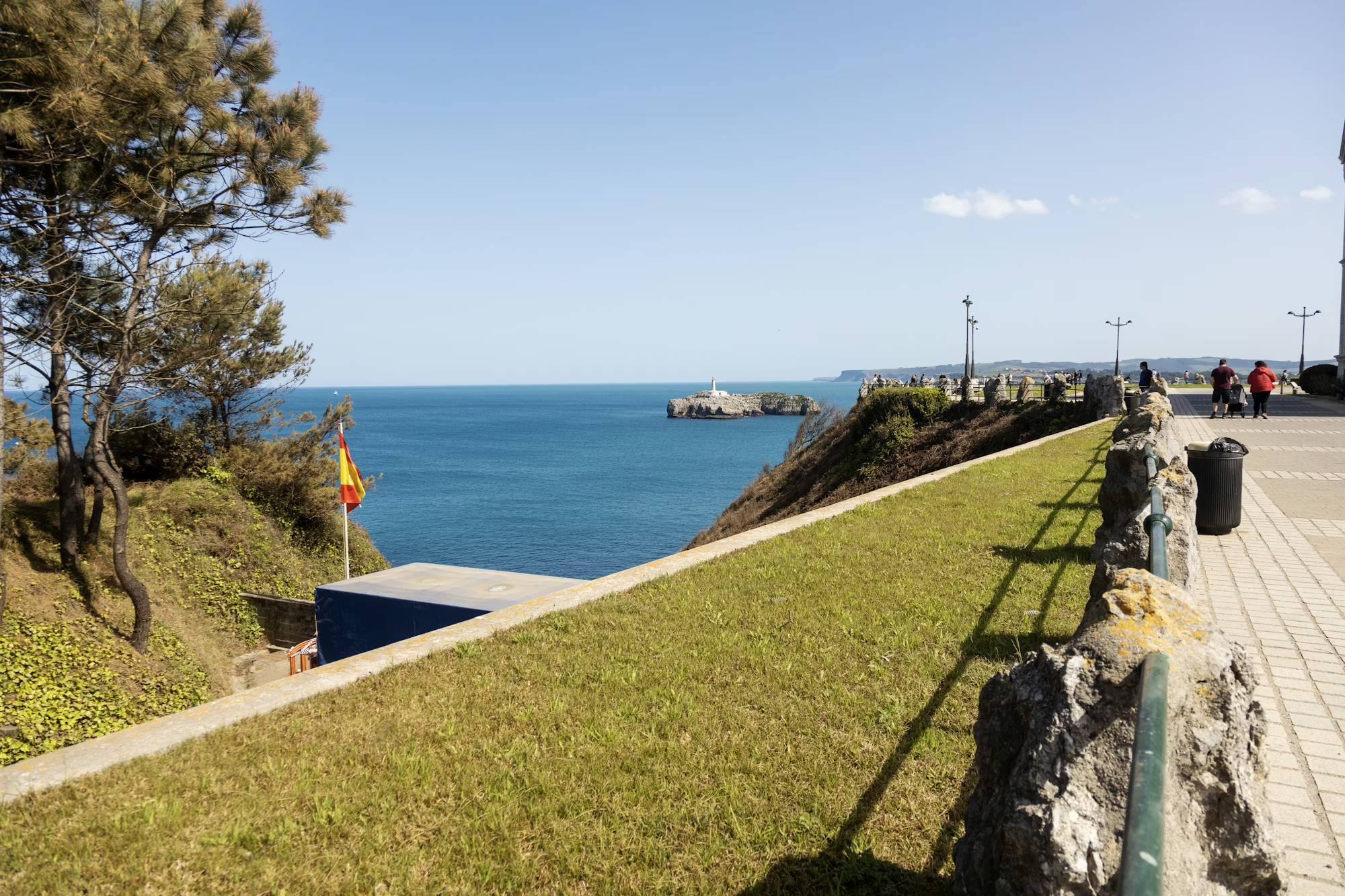While some coastal destinations are world-renowned for their beauty and allure, there are countless lesser-known gems that offer equally stunning landscapes, rich cultural experiences, and serene escapes. These hidden coastal havens are perfect for those looking to explore beyond the typical tourist routes and discover the raw, unspoiled beauty of the world’s shores. From secluded islands and pristine beaches to charming coastal villages and uncharted waters, these lesser-known destinations offer a refreshing alternative to the usual beach resorts and crowded cities.
1. Islands of the Azores: Europe’s Best-Kept Secret
The Azores, an archipelago of nine volcanic islands located in the North Atlantic Ocean, are one of Europe’s best-kept secrets. Part of Portugal, these islands offer a unique blend of lush green landscapes, dramatic cliffs, and hot springs, all surrounded by the deep blue waters of the Atlantic.
São Miguel: The Green Island
São Miguel, the largest island in the Azores, is a paradise for nature lovers and outdoor enthusiasts. Known as the “Green Island,” São Miguel boasts verdant hills, volcanic craters, and crystal-clear lakes. One of the island’s most iconic features is the Sete Cidades, a massive volcanic caldera with two stunning lakes — one blue and one green. Visitors can hike the rim of the caldera for panoramic views or take a boat ride on the lakes to enjoy the serene beauty of the area.
The island is also home to the Furnas Valley, where travelers can relax in hot springs and sample the famous “cozido,” a traditional Azorean stew cooked in volcanic heat. São Miguel’s charming towns, like Ponta Delgada, are perfect for those looking to explore local culture and taste delicious regional cuisine, such as fresh seafood and the Azorean cheese known as “queijo São Jorge.”
Pico: The Mountainous Island
Pico, the second-largest island in the Azores, is known for its dramatic landscapes and towering volcano, Mount Pico, the highest peak in Portugal. Hiking to the summit offers an unforgettable experience with breathtaking views of the surrounding islands and the Atlantic Ocean. Pico’s rugged coastline is dotted with lava formations and black sand beaches, making it a photographer’s dream.
Pico is also famous for its wine production, with vineyards spread across the island’s unique landscape. The region’s volcanic soil gives the wine a distinctive flavor, and visiting the vineyards is a great way to learn about the island’s agricultural traditions while sipping on local wines.
2. Cabo de Gata-Níjar Natural Park, Spain: A Desert Meets the Sea
Located in the southeastern corner of Spain, Cabo de Gata-Níjar Natural Park is one of the country’s most untouched coastal regions. This protected area is known for its dramatic desert landscapes, rugged cliffs, and crystal-clear waters, making it a haven for nature lovers, hikers, and beachgoers seeking tranquility away from the crowds.
Beaches of Cabo de Gata
The park is home to some of Spain’s most pristine and remote beaches. Playa de los Genoveses, a golden sandy beach surrounded by hills and dunes, offers a peaceful retreat where visitors can relax in solitude. Playa de Mónsul, another famous beach, is known for its unique rock formations and clear waters, making it a popular spot for photographers and nature enthusiasts.
The area’s beaches are ideal for snorkeling, swimming, and kayaking, while the desert landscape is perfect for hiking and exploring hidden coves. Cabo de Gata is also a birdwatcher’s paradise, with migratory birds flocking to the park’s salt flats and wetlands.
The Village of Níjar
The village of Níjar, nestled at the base of the park, is a charming spot to experience the traditional Andalusian way of life. Known for its pottery and handicrafts, Níjar offers a glimpse into the cultural heritage of the region. The town’s narrow streets, whitewashed houses, and small local shops make it a delightful place to wander and soak in the Mediterranean atmosphere.
3. Koh Lanta, Thailand: Tranquility in the Andaman Sea
While Thailand is famous for bustling tourist hotspots like Phuket and Koh Samui, Koh Lanta, located in the Andaman Sea, remains a more serene and less commercialized alternative. Known for its long stretches of quiet beaches, crystal-clear waters, and relaxed vibe, Koh Lanta is perfect for travelers seeking peace and natural beauty.
Lanta Old Town: A Step Back in Time
The island’s Old Town is a charming and peaceful place to explore, with wooden stilt houses, vibrant markets, and a rich cultural heritage. Visitors can stroll along the pier, enjoy local seafood dishes, or shop for handmade crafts and souvenirs. Lanta Old Town is a great spot for photographers, with its beautiful traditional buildings and colorful boats lining the shores.
Beaches and Diving Spots
Koh Lanta’s beaches are ideal for lounging, swimming, or simply taking in the stunning views of the Andaman Sea. Klong Dao Beach, with its gentle waves and golden sand, is a favorite for families, while the more secluded Kantiang Bay offers a quiet escape for couples and solo travelers.
For diving enthusiasts, Koh Lanta is also home to some of Thailand’s best dive sites, including the nearby Hin Daeng and Hin Muang, where you can encounter vibrant coral reefs, diverse marine life, and even whale sharks. The island’s crystal-clear waters also make it an excellent destination for snorkeling and kayaking.
4. Falkland Islands: A Remote Sanctuary for Wildlife
The Falkland Islands, located off the southeastern coast of South America, are a remote and rugged destination known for their wildlife and untouched landscapes. With its dramatic cliffs, expansive beaches, and rich biodiversity, the Falklands offer an off-the-beaten-path experience for those seeking a unique and adventurous coastal destination.
Wildlife and Nature
The Falkland Islands are home to a variety of wildlife, including penguins, sea lions, and a wide range of seabirds. Stanley, the islands’ capital, is a charming town that offers a glimpse into the island’s history and culture, but it’s the surrounding landscapes that steal the show. The islands’ pristine beaches and untouched nature make it an ideal spot for wildlife watching and photography.
Visitors can explore the islands’ remote beaches, where colonies of penguins, including the King and Gentoo penguins, can be found. The Falklands are also an excellent destination for birdwatchers, with species like the Black-browed Albatross and the Rockhopper Penguin making their home here.
Adventure Activities
For the adventurous traveler, the Falklands offer hiking, kayaking, and wildlife tours. The islands’ rugged terrain and remote beaches provide the perfect setting for those looking to explore off the beaten track. With few tourists and untouched landscapes, the Falklands offer an authentic escape for those seeking solitude and adventure in equal measure.
5. Sao Tome and Principe: Africa’s Tropical Paradise
Located off the coast of Central Africa in the Gulf of Guinea, São Tomé and Príncipe is an island nation that offers untouched beaches, lush rainforests, and a unique cultural blend. These islands are not well known on the global travel scene, but their secluded beauty and rich biodiversity make them a hidden gem for those willing to venture off the beaten path.
Príncipe Island: A UNESCO World Heritage Site
Príncipe Island, the smaller of the two main islands, is a UNESCO Biosphere Reserve, known for its untouched landscapes and diverse wildlife. The island is home to dense tropical forests, pristine beaches, and unique species like the Príncipe thrush. Visitors can hike through the island’s rainforests, swim in crystal-clear waters, and explore remote beaches where they may have the entire coastline to themselves.
São Tomé: Vibrant Markets and Cocoa Plantations
São Tomé, the larger island, is known for its vibrant markets, cocoa plantations, and colonial architecture. The island’s tropical climate and fertile soil make it an ideal place for growing cocoa, and visitors can tour the plantations to learn about the history and production of this beloved crop. São Tomé also offers secluded beaches, coastal hiking trails, and opportunities to experience the island’s culture through its local music, art, and cuisine.
Conclusion: Off the Beaten Path, On the Shores of Beauty
The world is filled with hidden coastal gems, from the volcanic islands of the Azores to the remote beaches of São Tomé and Príncipe. These lesser-known destinations offer a chance to experience natural beauty, adventure, and serenity away from the crowds. Whether you’re seeking tranquility in a secluded bay, exploring unique wildlife, or immersing yourself in local culture, these hidden gems promise unforgettable experiences for the adventurous traveler.









